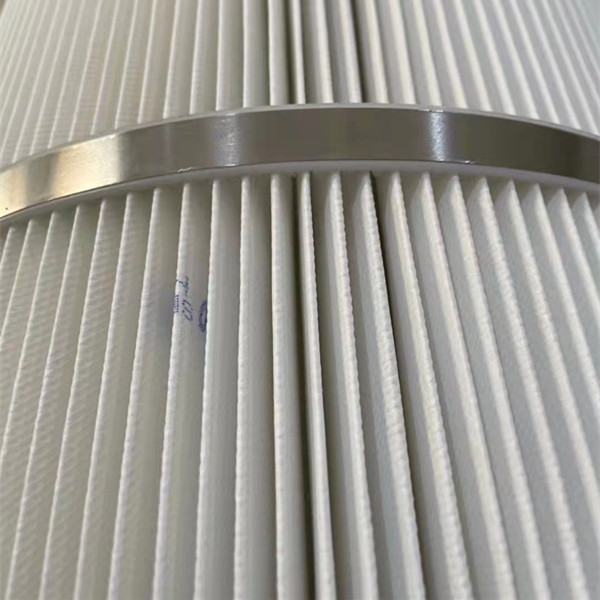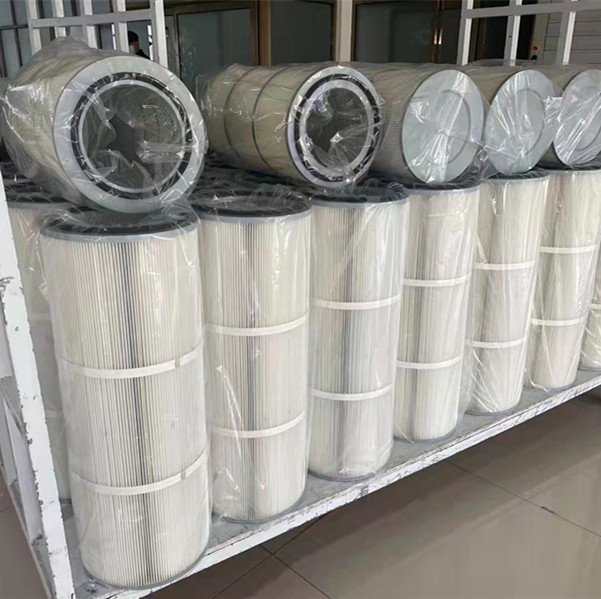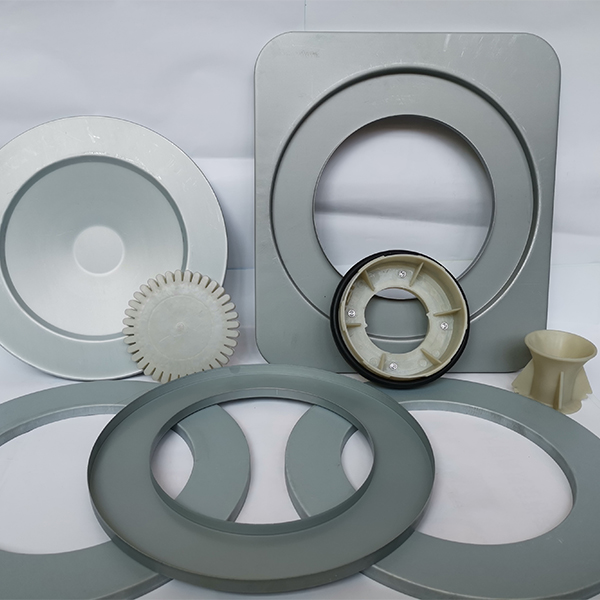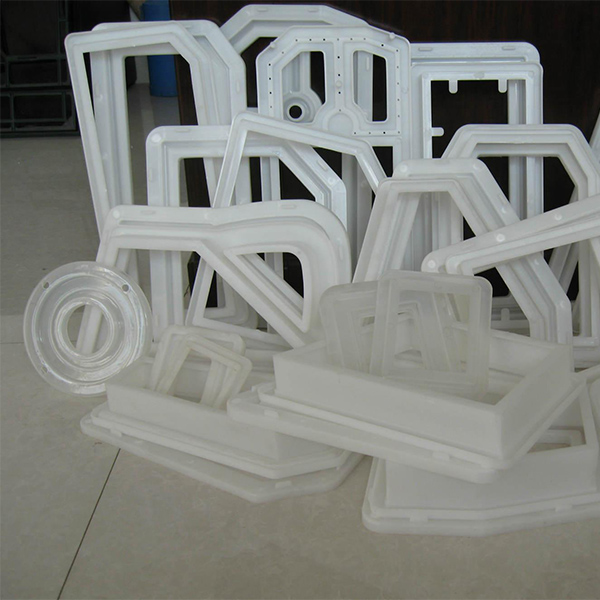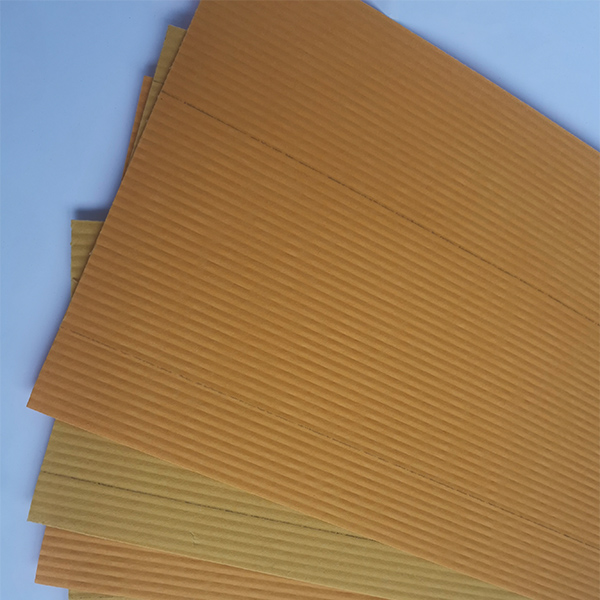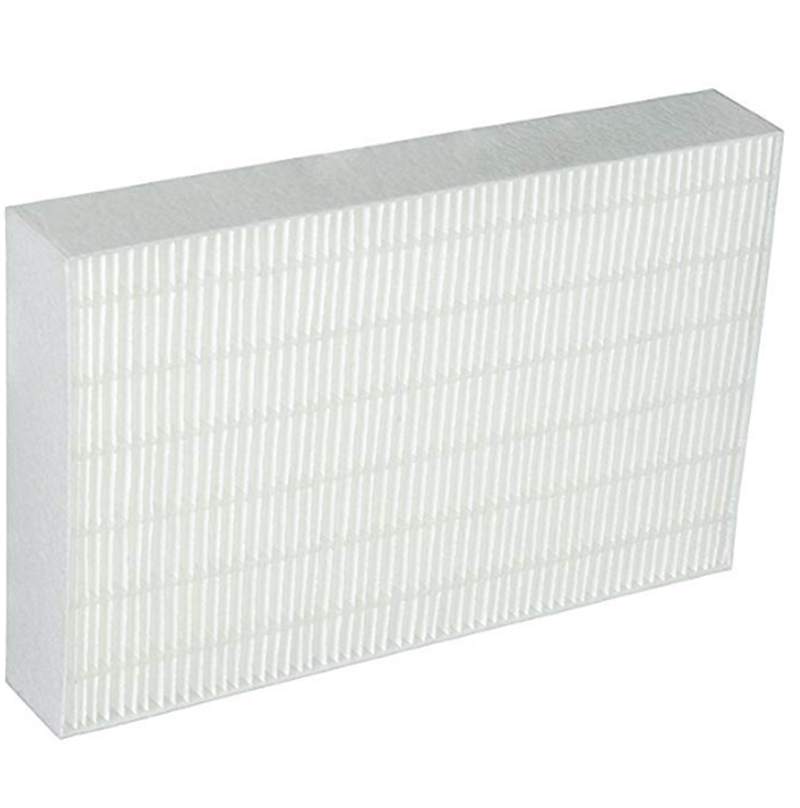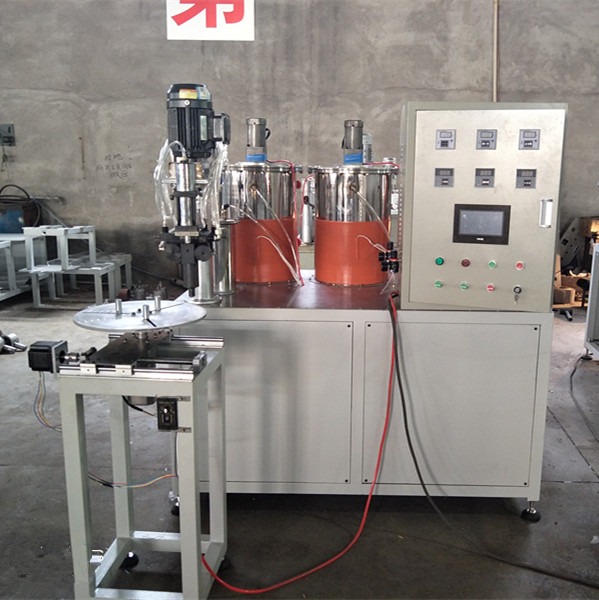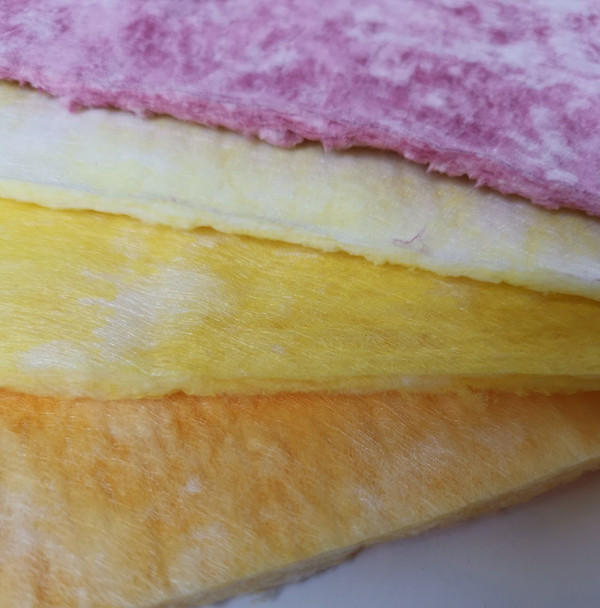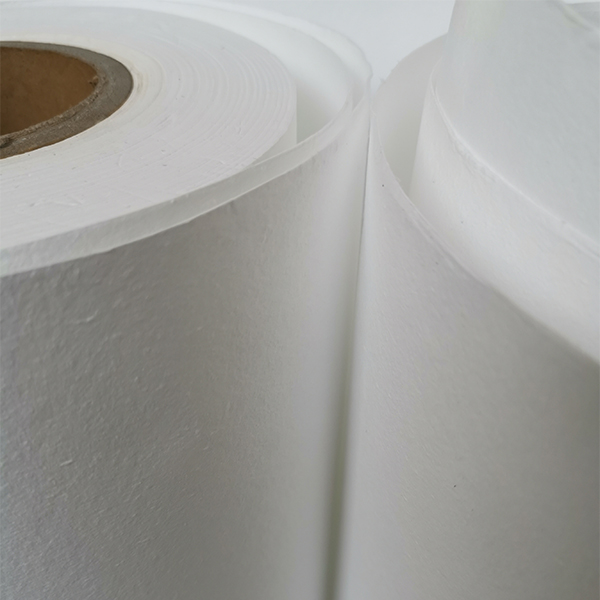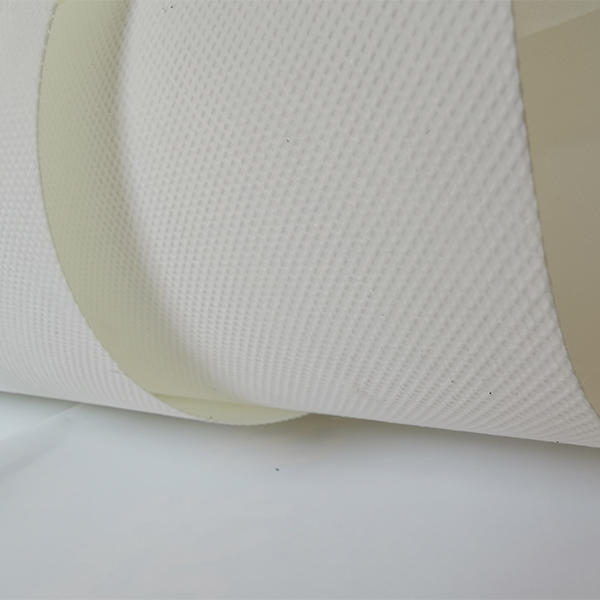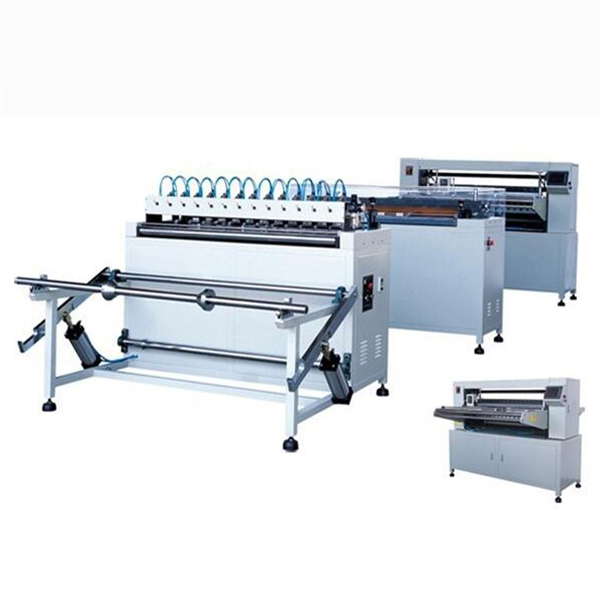Introduction to Advanced Air Filtration Media
In the highly competitive and technologically advanced automotive sector, the performance and longevity of an engine are critically dependent on the quality of its air intake system. At the heart of this system lies the filtration media, specifically, the automotive air filter paper. This specialized paper is engineered to protect vital engine components from harmful particulates, ensuring optimal combustion, fuel efficiency, and reduced emissions. As a cornerstone for both Original Equipment Manufacturers (OEMs) and the aftermarket, the continuous innovation in automotive filter paper design and material science is paramount for meeting stringent environmental regulations and rising consumer expectations for vehicle performance and reliability.
Our focus delves into the intricate details of modern automotive filter paper, covering its manufacturing complexities, critical technical specifications, diverse application landscapes, and the significant advantages it offers. We will also explore industry trends, customization possibilities, and real-world application case studies, providing a comprehensive understanding for B2B decision-makers and technical professionals.
Current Industry Trends and Future Outlook
The market for automotive filtration media is undergoing significant transformation, driven by several key trends. Stricter emission standards, particularly Euro 6/VII and EPA Tier 3, demand higher filtration efficiencies and longer service intervals, pushing manufacturers to innovate. This translates to an increasing demand for advanced synthetic and composite media that can capture ultrafine particles while maintaining low-pressure drop. The rise of electric and hybrid vehicles, while reducing reliance on traditional combustion engines, still necessitates robust air filtration for cabin air quality and cooling systems, though the specific requirements for engine intake air will shift.
Another major trend is the emphasis on sustainability. Manufacturers are exploring biodegradable components, recycled content, and more energy-efficient production processes for automotive air filter paper. Digitalization, including advanced sensor integration into filters for real-time monitoring of filter saturation and predictive maintenance, is also gaining traction. Furthermore, the global supply chain challenges have underscored the importance of resilient, localized, and diversified sourcing strategies for critical filter media components. The market is projected to grow, with a compound annual growth rate (CAGR) of approximately 4-6% over the next five years, fueled by increased vehicle production and stringent environmental mandates globally.

Manufacturing Process Flow of Automotive Air Filter Paper
The production of high-quality car air filter paper is a sophisticated multi-stage process, demanding precision and adherence to strict quality controls. It combines advanced material science with specialized papermaking techniques.
1. Fiber Preparation & Blending:
The process begins with the selection and preparation of raw fibers. These typically include high-quality cellulose fibers (e.g., wood pulp) for traditional media, and/or synthetic fibers (e.g., polyester, polypropylene, glass microfibers) for enhanced performance. These fibers are carefully chosen for their specific properties such as diameter, length, and strength, and then blended in precise ratios to achieve the desired filtration characteristics. This stage is crucial for influencing porosity, strength, and overall filter efficiency.
2. Wet-Laid Papermaking Process:
The blended fibers are suspended in water to form a uniform slurry. This slurry is then fed onto a continuous mesh screen (Fourdrinier or inclined wire machine), where water is drained away, forming a wet web of fibers. This wet-laid process ensures an even distribution of fibers, which is critical for consistent air permeability and filtration efficiency across the entire paper sheet.
3. Resin Impregnation & Curing:
Once the wet web is formed, it undergoes a critical impregnation stage. The paper is saturated with thermosetting resins, typically phenolic or acrylic, which are essential for imparting stiffness, dimensional stability, heat resistance, and hydrophobic properties to the media. This prevents the paper from collapsing under pressure, absorbing moisture, or degrading at high engine temperatures. After impregnation, the paper is carefully dried and then cured in ovens at controlled temperatures to polymerize the resin, locking in the desired properties.
4. Finishing & Quality Control:
The cured paper then goes through various finishing stages, which may include calendering for surface smoothness or specialized coatings. Throughout the entire process, rigorous testing is conducted. Key parameters measured include basis weight, thickness, air permeability (ISO 9237), mean pore size, tensile strength (ISO 1924), burst strength (ISO 2758), and most critically, filtration efficiency and dust holding capacity (ISO 5011 for finished filters, but media is tested for precursors). Adherence to standards like ISO 9001 and IATF 16949 is maintained for quality assurance.
Process Flow Schematic:
- ➤ Fiber Selection & Blending (Cellulose, Synthetics)
- ➤ Slurry Preparation
- ➤ Wet-Laid Formation (Paper Web)
- ➤ Resin Impregnation
- ➤ Drying & Curing
- ➤ Finishing & Slitting
- ➤ Quality Control & Packaging
The resulting filter paper offers advantages such as extended service life, energy saving through optimized engine performance, and corrosion resistance to various environmental factors, making it suitable for demanding environments across target industries like automotive, heavy-duty machinery, and specialized industrial applications requiring robust air filtration.
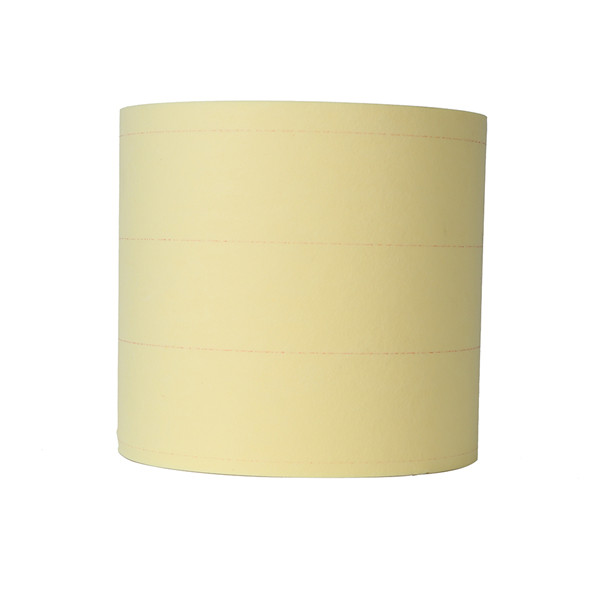
Technical Specifications and Performance Parameters
Understanding the critical technical parameters of automotive air filter paper is essential for selecting the optimal media for specific applications. These parameters directly influence the filter's efficiency, dust holding capacity, and longevity.
Key Performance Indicators (KPIs):
- Basis Weight (g/m²): Indicates the mass per unit area, affecting the paper's density and raw material usage. Higher basis weight often correlates with greater mechanical strength and potentially higher dust holding capacity.
- Thickness (mm): Measures the caliper of the paper. Along with basis weight, it influences porosity, air permeability, and pleatability.
- Air Permeability (L/m²/s or CFM): The rate at which air passes through a given area of the paper at a specific pressure drop. Optimal permeability ensures sufficient airflow to the engine while maintaining filtration efficiency. Tested per ISO 9237.
- Mean Pore Size (µm): The average size of the pores within the filter media, directly impacting the smallest particle size that can be efficiently captured.
- Filtration Efficiency (%): The percentage of particles captured at a specific size (e.g., 0.3 µm, 0.5 µm, 1.0 µm). Modern media often targets efficiencies exceeding 99% for particles down to 5 microns, sometimes even higher for sub-micron particles, crucial for protecting turbochargers and fuel injection systems.
- Dust Holding Capacity (g/m²): The amount of dust a filter can hold before reaching a specified terminal pressure drop. A higher DHC means a longer filter life and extended service intervals.
- Burst Strength (kPa): The resistance of the paper to rupture under pressure, vital for maintaining structural integrity during operation.
- Tensile Strength (N/15mm): The force required to break a strip of paper, crucial for handling during manufacturing (pleating) and ensuring the filter's durability in service.
- Temperature Resistance (°C): The ability of the media and resin to withstand high temperatures in the engine compartment without degradation.
Typical Product Specification Table: Car Air Filter Paper In Rolls
| Parameter | Unit | Typical Range (Standard Cellulose) | Typical Range (Advanced Synthetic Blend) |
|---|---|---|---|
| Basis Weight | g/m² | 120 - 180 | 100 - 160 |
| Thickness | mm | 0.50 - 0.75 | 0.45 - 0.70 |
| Air Permeability (at 200 Pa) | L/m²/s | 1000 - 2500 | 1500 - 3500 |
| Mean Pore Size | µm | 25 - 45 | 10 - 30 |
| Filtration Efficiency (0.5µm) | % | >95 | >98.5 |
| Dust Holding Capacity | g/m² | 180 - 250 | 220 - 300+ |
| Burst Strength | kPa | 300 - 500 | 400 - 600 |
| Tensile Strength (MD) | N/15mm | 50 - 80 | 60 - 90 |
| Max. Operating Temp. | °C | 100 - 120 | 120 - 150 |
Note: Specific values may vary based on fiber composition, resin type, and manufacturing processes. These ranges are indicative of high-quality automotive filtration media.
Application Scenarios Across Diverse Industries
The versatility of high-performance automotive filter paper extends its application beyond traditional passenger vehicles to a wide array of demanding environments. Each scenario presents unique challenges that require tailored filtration solutions.
Passenger Vehicles (Cars, SUVs, Light Trucks):
- Engine Air Intake: Protecting engines from dust, pollen, and road debris to ensure optimal combustion and prevent premature wear of critical components like pistons, cylinders, and turbochargers. This is the primary application, focusing on efficiency and low-pressure drop for fuel economy.
- Cabin Air Filtration: While often a separate filter element, advanced media from similar manufacturing processes can be adapted to enhance interior air quality, removing allergens, pollutants, and odors.
Commercial Vehicles (Heavy-Duty Trucks, Buses, Marine):
- Heavy-Duty Engine Protection: Operating in often dusty and harsh environments, heavy-duty applications demand filter paper with exceptional dust holding capacity and robust structural integrity. This ensures extended filter life and reduced maintenance downtime for commercial fleets.
- Marine Engines: Marine environments introduce challenges like salt spray and high humidity. Filter paper designed for these conditions must possess superior water resistance and corrosion protection properties.
Industrial and Off-Highway Equipment (Construction, Agriculture, Mining):
- Extreme Dust Environments: Equipment like excavators, tractors, and mining trucks operate in conditions with very high particulate concentrations. This necessitates air filter paper with maximum dust holding capacity and high initial filtration efficiency to prevent engine damage and costly downtime.
- Specialized Filtration: Some applications may require media with flame-retardant properties or enhanced resistance to specific chemicals.
The adaptability of filter paper formulations allows for optimization against specific environmental challenges and operational demands, making it a critical component across diverse industries relying on internal combustion engines and sophisticated air management systems.
Technical Advantages and Performance Benefits
The strategic selection and deployment of high-performance automotive filter paper yield substantial technical advantages and long-term performance benefits for vehicle manufacturers, fleet operators, and end-users. These benefits extend beyond mere filtration to impact overall operational efficiency and environmental compliance.
1. Superior Engine Protection:
- Effective Particle Capture: Advanced media designs, including multi-layered and synthetic blends, achieve filtration efficiencies exceeding 99% for critical particle sizes, significantly reducing abrasive wear on engine components.
- Prevention of Abrasive Wear: By removing dust, sand, and other particulate matter, our filter paper minimizes wear on cylinder walls, piston rings, and bearings, extending engine life. This directly translates to reduced maintenance costs and fewer engine overhauls.
2. Enhanced Fuel Efficiency:
- Optimized Airflow & Low-Pressure Drop: Our media is engineered to offer excellent air permeability, ensuring an unrestricted and consistent flow of clean air to the engine. A low-pressure drop across the filter minimizes the energy required for air intake, thereby contributing to better fuel combustion and improved mileage.
- Sustained Performance: The high dust holding capacity means the filter maintains optimal airflow for longer periods, preventing the engine from "struggling" for air as the filter accumulates contaminants, a common cause of reduced fuel economy.
3. Extended Service Life & Durability:
- High Dust Holding Capacity: Superior dust holding enables filters to operate effectively for longer durations between replacements, reducing operational costs and vehicle downtime.
- Mechanical Strength & Resin Impregnation: The careful resin treatment provides exceptional wet strength, burst strength, and resistance to collapse, even under demanding operational pressures and humid conditions. This structural integrity is vital for maintaining pleat geometry and filtration effectiveness throughout the filter's lifespan.
4. Environmental & Regulatory Compliance:
- Reduced Emissions: A clean air supply ensures more complete combustion, directly contributing to lower harmful exhaust emissions, helping vehicles meet stringent regulatory standards.
- Lower Waste Generation: Longer-lasting filters reduce the frequency of replacements, leading to less waste generation over the vehicle's lifetime.
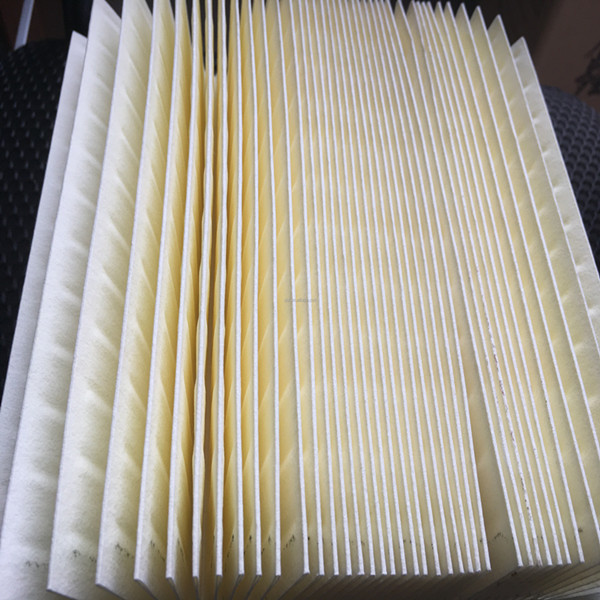
Vendor Comparison and Strategic Partnerships
Selecting the right supplier for automotive filter paper is a critical decision for OEMs and aftermarket filter manufacturers. A robust vendor comparison considers not just the product's technical specifications but also the supplier's capabilities, quality assurance, and long-term support.
Key Factors in Vendor Evaluation:
- Technical Expertise & R&D: A leading vendor invests heavily in research and development, offering innovative media solutions (e.g., composite blends, gradient density media) that meet evolving industry demands.
- Quality Certifications: Adherence to international quality management standards such as ISO 9001, IATF 16949 (for automotive sector), and environmental certifications (ISO 14001) is non-negotiable. Our manufacturing facilities are ISO 9001 and IATF 16949 certified, reflecting our commitment to world-class quality.
- Production Capacity & Scalability: The ability to meet high-volume demands while maintaining consistent quality is crucial for large-scale production.
- Customization Capabilities: A flexible vendor can tailor media to specific client requirements, offering customized widths, lengths, and performance characteristics.
- Global Reach & Logistics: Efficient supply chain and logistics capabilities ensure timely delivery and reduce lead times, especially for international clients.
- Technical Support & Collaboration: A true partner provides comprehensive technical support, application engineering assistance, and is willing to collaborate on new product development.
Comparative Analysis: Standard vs. Premium Automotive Filter Media Suppliers
| Feature/Criterion | Standard Supplier (Cost-Focused) | Premium Supplier (Performance-Focused - Our Approach) |
|---|---|---|
| Filtration Efficiency (0.5µm) | Typically 90-95% | >98.5% consistently, up to 99.9% for fine particle grades |
| Dust Holding Capacity | Moderate, often leading to shorter filter life | High-to-Very High, extending service intervals |
| Pressure Drop | Can be higher for given efficiency | Optimized for lowest possible pressure drop at high efficiency |
| Material Composition | Primarily cellulose with basic resins | Advanced cellulose/synthetic blends, proprietary resin formulations |
| Customization | Limited to standard offerings | Extensive, tailored to specific OEM/application needs |
| Certifications | Basic ISO 9001 | IATF 16949, ISO 9001, strong environmental compliance |
| Technical Support | Minimal post-sale support | Proactive application engineering, R&D collaboration |

Our commitment is to be a premium supplier, offering superior quality automotive filter paper, backed by comprehensive support and a focus on long-term partnership values. Our extensive experience spanning over two decades in filtration media manufacturing has enabled us to partner with leading automotive filter manufacturers globally.
Customized Solutions for Unique Requirements
Recognizing that standard products may not always meet the precise demands of every application, we specialize in providing tailored automotive air filter paper solutions. Our engineering team collaborates closely with clients to develop media that perfectly matches their specific performance, processing, and cost objectives.
Our Customization Capabilities Include:
- Fiber Blends: Developing unique formulations of cellulose, synthetic (polyester, polypropylene, glass microfibers), and composite fibers to achieve desired pore size distribution, tensile strength, and dust holding capacity.
- Resin Impregnation: Customizing resin types (phenolic, acrylic, hybrid) and impregnation levels to control stiffness, wet strength, oil resistance, and temperature tolerance.
- Basis Weight and Thickness: Fine-tuning these parameters to optimize media density for specific filtration efficiencies and pressure drop requirements.
- Specialized Coatings & Treatments: Applying hydrophobic/oleophobic coatings for enhanced moisture and oil resistance, anti-microbial treatments, or flame-retardant additives as required by the application environment.
- Roll Dimensions: Providing precise roll widths and lengths to seamlessly integrate with client's manufacturing lines, minimizing waste and optimizing production efficiency.
- Gradient Media Design: Engineering media with varying fiber densities through the thickness to achieve staged filtration, capturing larger particles on the upstream side and finer particles deeper in the media for maximum dust holding and efficiency.
Our process involves initial consultation, sample provision and testing, iterative refinement, and finally, scaled production. This collaborative approach ensures the delivery of a filtration media solution that is precisely engineered for peak performance and manufacturability within your operational framework.
Application Case Studies
Case Study 1: Enhancing Engine Longevity for a Heavy-Duty Truck Fleet
A major logistics company operating a fleet of heavy-duty trucks in arid, dusty regions faced frequent engine damage due to particulate ingress, leading to high maintenance costs and significant vehicle downtime. Their existing air filters, made from standard cellulose automotive filter paper, were not providing adequate protection.
- Solution: We developed a customized synthetic-cellulose blend media with a gradient density structure and enhanced dust holding capacity. The media featured a higher percentage of fine synthetic fibers to improve sub-micron particle capture.
- Results: After implementing filters with our new media, the client reported a 40% reduction in engine particulate-related failures over two years. Filter service intervals were extended by 25%, resulting in significant savings on replacement costs and minimizing operational disruptions. Engine oil analysis also showed a marked decrease in wear metals.
Case Study 2: Improving Fuel Efficiency for an Automotive OEM
An automotive OEM sought to achieve superior fuel efficiency ratings for their new sedan model without compromising engine protection or increasing filter size. The challenge was to minimize pressure drop across the air filter while maintaining high filtration efficiency.
- Solution: We engineered a specialized low-resistance car air filter paper using a unique blend of fine glass microfibers and high-loft synthetic fibers, optimized for maximum air permeability at a specific efficiency target (99.5% at 0.5µm). The proprietary resin system ensured structural stability even with a lower basis weight.
- Results: The new filter media reduced the initial pressure drop by 15% compared to the OEM's previous design, directly contributing to a measurable improvement in engine power output and fuel economy during EPA testing cycles. The OEM successfully launched the vehicle model with enhanced performance claims.
Case Study 3: Addressing Harsh Environment Demands for Agricultural Machinery
A leading manufacturer of agricultural tractors and combines needed air filters capable of withstanding extremely dusty, humid, and sometimes abrasive conditions common in farming. Their existing filters were prone to premature clogging and structural failure.
- Solution: We developed a robust, heavily resin-impregnated cellulose media, specifically formulated for high wet strength and burst resistance. An additional surface treatment was applied to repel moisture and coarse particulates more effectively. The paper's pleatability was also enhanced for durable filter construction.
- Results: Field tests showed a 30% increase in filter lifespan under the most challenging conditions. The superior moisture resistance prevented media degradation, and the improved dust holding capacity ensured consistent engine performance throughout prolonged operation, significantly reducing equipment downtime during peak seasons.
Frequently Asked Questions (FAQ)
Q: What is the primary difference between cellulose and synthetic automotive air filter paper?
A: Cellulose filter paper, derived from wood pulp, offers good general filtration and cost-effectiveness. Synthetic filter paper, made from materials like polyester or glass microfibers, typically provides higher filtration efficiency for finer particles, superior dust holding capacity, and better moisture/chemical resistance, often at a higher cost. Blends combine the advantages of both.
Q: How does the quality of air filter paper impact fuel economy?
A: High-quality air filter paper maintains a low-pressure drop (resistance to airflow) while effectively filtering particulates. A low-pressure drop ensures the engine receives adequate, unrestricted airflow, leading to more efficient combustion and better fuel economy. A clogged or inefficient filter can restrict airflow, causing the engine to work harder and consume more fuel.
Q: What industry standards are relevant for automotive air filter paper?
A: Key standards include ISO 5011 (for testing performance of automotive intake air filters), ISO 9237 (for air permeability), ISO 1924 (tensile strength), and ISO 2758 (burst strength). Manufacturers should also adhere to quality management systems like ISO 9001 and IATF 16949 for automotive-specific requirements.
Q: Can your filter paper be customized for specific engine types or environmental conditions?
A: Yes, absolutely. Our core expertise lies in developing customized solutions. We can tailor fiber blends, resin formulations, basis weight, thickness, and apply specialized treatments to meet the unique performance demands of different engine designs, vehicle classes, and challenging operating environments.
Lead Time, Fulfillment, and Warranty Information
Lead Time & Fulfillment:
- Standard Products: Typical lead time for off-the-shelf automotive air filter paper in standard rolls is 3-5 weeks, depending on order volume and current production schedule.
- Custom Orders: Customized media solutions generally require a lead time of 6-10 weeks, encompassing development, sampling, testing, and production. This timeframe can vary based on the complexity of the customization.
- Minimum Order Quantity (MOQ): MOQs vary by product type and customization level. Please contact our sales team for specific details relevant to your requirements.
- Logistics: We offer flexible shipping options including sea freight, air cargo, and express delivery to accommodate diverse client needs and urgency. Our logistics team works to optimize transit times and ensure secure delivery globally.
Warranty & Customer Support:
- Product Warranty: All our automotive air filter paper products are warranted against defects in material and workmanship for a period of 12 months from the date of shipment, provided they are stored and used under recommended conditions.
- Quality Assurance: Each batch undergoes stringent quality control testing to ensure compliance with specified technical parameters and industry standards.
- After-Sales Support: Our dedicated customer support team and technical engineers are available to provide assistance with product selection, application guidance, troubleshooting, and any post-delivery inquiries. We are committed to ensuring your satisfaction and optimal product performance.
- Contact Information: For support or inquiries, please visit our website at www.anyafiltermedia.com or reach out to our sales team directly.
Conclusion
The continuous evolution of automotive air filter paper technology is fundamental to achieving superior engine performance, prolonging vehicle lifespan, enhancing fuel efficiency, and meeting increasingly stringent environmental regulations. Our commitment to advanced material science, precision manufacturing, and tailored solutions positions us as a reliable partner for OEMs and aftermarket manufacturers seeking to optimize their air filtration systems. By focusing on technical excellence, quality assurance, and comprehensive customer support, we deliver filter media that not only meets but exceeds the demanding requirements of the modern automotive industry.
Investing in high-quality filter media is an investment in the long-term reliability and efficiency of any vehicle or machinery. We invite you to explore our advanced solutions and partner with us for your next-generation filtration challenges.
References
- ISO 5011:2014, Inlet air cleaning equipment for internal combustion engines and compressors — Performance testing. International Organization for Standardization.
- SAE J726, Air Cleaner Test Code. SAE International.
- Brown, R.C. (2012). Air Filtration: An Integrated Approach to the Theory and Applications of Fibrous Filters. Woodhead Publishing.
- Podgorski, J. (2009). Automotive Filtration Technology. Elsevier Science & Technology.
- European Environment Agency (EEA) Reports on Air Quality and Emissions Standards.
Post time: Aug-30-2025


